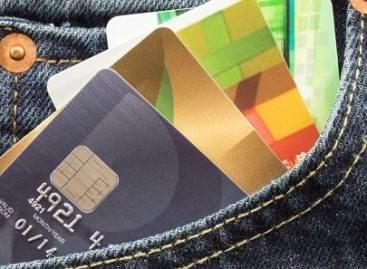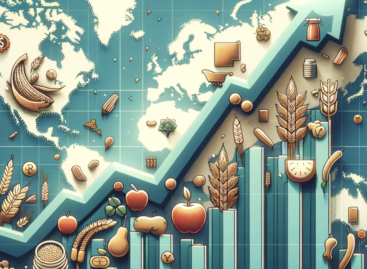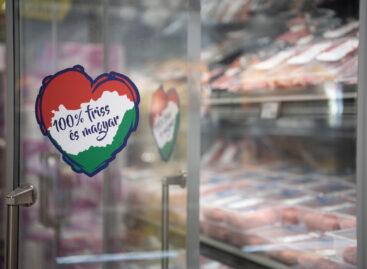Children mainly spend on snacks and online games with their own bank cards
Every second of Erste Bank’s youngest customers actively uses their bank account, and 40 percent of the checking accounts available to 6-14-year-olds require a bank card. Children use plastic most often to shop in grocery stores and supermarkets, but they are also happy to spend it on online games and related digital goods and services. Erste now supports the acquisition of financial knowledge with an even more favorable Cseperedő account.

In 2019, Erste Bank relaunched the Cseperedő bank account for the youngest customers, children aged 6-14. The parents have so far opened about 2,500 of the accounts offered with zero HUF monthly fees. Due to the coronavirus epidemic, the number of applications decreased slightly in 2020, but in 2021, three times as many new accounts were opened as compared to the year before. The cash flow (total value of deposits and withdrawals) related to the Cseperedő account exceeded HUF 551 million in 2021, said Zita Gémes, head of retail account products at Erste Bank.
You can also apply for a bank card for the Cseperedő account from the age of 7, currently 40 percent of accounts include plastics. Almost a fifth of the children with a card used their plastic to withdraw money from ATMs, and the same proportion – mostly with parental support – to deposit money at ATMs. Last year, every second card was used for purchases, on average twice a month, for an average value of HUF 2,000 each time. Based on the data of bank card purchases, children mainly spend on food and digital goods. Cseperedő cards were used most often, in 22 percent of cases, in grocery stores and supermarkets. Online games and related digital goods and services are in second place with 11 percent, while restaurant spending is in third place with 10 percent. In the top ten, with a 3-5 percent share of card purchases, there are, among others, fast restaurants, bakeries, department stores and cosmetic stores. In summer, however, children play somewhat more and shop less: between June and August, the proportion of grocery store/supermarket purchases drops to 20 percent, while that of online games and related digital products increases to 15 percent.
Related news
Every year 8 billion HUF us stolen from our bank cards because of our convenience
Our convenience is our undoing: we want to quickly pounce…
Read more >Top Employers Hungary 2024: they are now the 10 best employers in Hungary based on the opinions of employees
The Munkahelyeink.hu international career platform has published the top list…
Read more >K&H: cash is not cool
Young people basically stick to their Christmas customs, also from…
Read more >Related news
The latest issue of Trade magazin is out now!
The digital version is available with more content once again…
Read more >FAO: global food prices increased for the second month in April on a monthly basis
In April, global food prices rose for the second month…
Read more >ALDI is reducing the price of fresh meat and frozen meat products
ALDI continues its price reduction: from the beginning of May,…
Read more >







